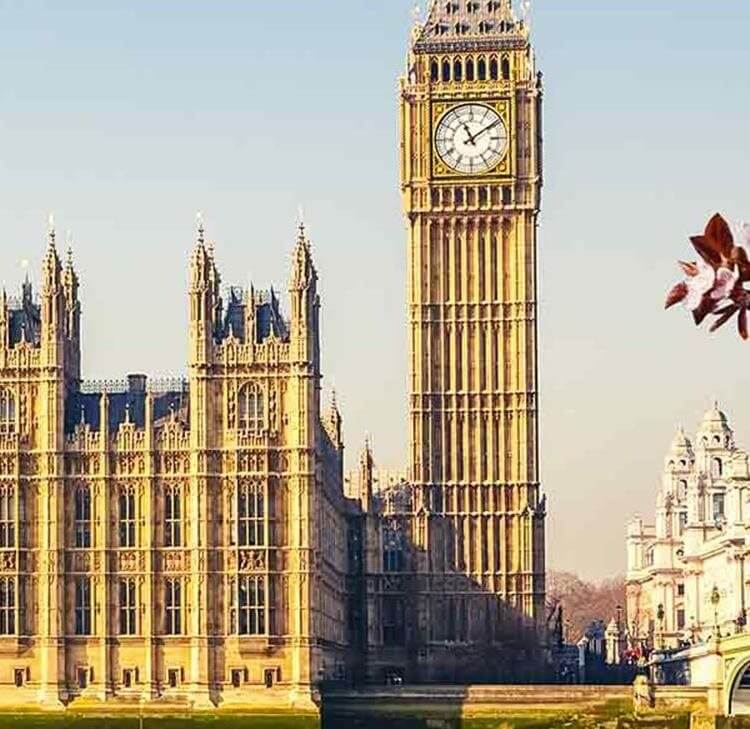New investment vehicles introduced by Labour have the potential to drive growth, but risk being hampered by the current state of the subsidy control regime. Angelica Hymers, Senior Associate at UK and Ireland law firm Browne Jacobson, offers ideas on small tweaks that could ensure regulation doesn’t hamper investment.
The Labour Party’s manifesto commitments to kickstart economic growth and make Britain a clean energy superpower will require a significant investment of public funds and resources to be delivered successfully.
Among the wide range of public financing policies are a National Wealth Fund, which will be capitalised with £7.3bn over the course of this Parliament to support the Government’s growth and clean energy commitments, and the publicly-owned company Great British Energy to co-invest in renewable energy technologies.
These projects will all involve public funding and investments, and consequently it is important to ensure that the regulatory regime reflects and facilitates the delivery of these key objectives.
Getting the balance right in subsidy control
The subsidy control regime has been in place for over 18 months, with a remit to support economic growth while minimising distortion to UK competition and protecting Britain’s international obligations.
In that time, it has become apparent that whilst the regime allows for the effective granting of very large subsidies, it is often viewed as adding unnecessary complexity to the grant of smaller subsidies.
Many have questioned the balance between the ability of public authorities to make subsidies, and those affected to challenge them.
Given that the Government’s commitments are likely to engage significantly with the regime, now is the perfect time to reassess its functioning, and consider whether changes could be made within the existing framework to ensure the Government’s investment priorities are not hampered by an inefficient regulatory regime.
There’s a number of ways we can address this.
Clarity on passing funding between tiers of government
Firstly, the position of funding transfers between local and central government suffers from a lack of clarity, and the position under the previous state aid regime was no different.
A whole range of local government projects funded by central government under competitive funding streams, such as the Levelling Up Fund or Towns Deal, are being treated as giving rise to subsidies to the local government bodies.
If these projects were funded by local government reserves, or from general central government funding, there would be no prospect of a subsidy arising, meaning unnecessary time and costs are being added to projects.
Given that the Government proposes to deepen devolution and end competitive bidding, it may be that some of these issues go away because the amount of funding passed between tiers of government in this way is reduced.
However, this could be clarified, perhaps through a change to the statutory guidance, to remove the uncertainty for local government recipients in circumstances where they may be using the funding for an ostensibly “economic” purpose – for example, refurbishing a multi-use community asset – by ensuring these projects are not viewed as giving rise to a subsidy to the local authority.
Expand streamlined routes
Additional streamlined routes for key priority areas should be introduced, and the scope of the existing routes should be widened. Streamlined routes were introduced to ensure that subsidies in key priority areas could be granted without the need to carry out an assessment of the subsidy control principles.
However, the existing routes are too narrowly focused and too narrowly drafted, meaning that public authorities wishing to grant subsidies in the areas covered are often unable to use them. Many low-risk, commonly granted subsidies are not covered by a streamlined route.
This means public authorities must either draft their own subsidy schemes or carry out individual assessments against the subsidy principles, both of which represent significant additional cost and time burdens.
Streamlined routes covering investments in cultural, environmental and leisure projects, as well as energy and infrastructure schemes, would ensure key Government priorities could be supported without unnecessary regulatory burdens.
Transparency database
The transparency database should be reviewed to ensure it is easily searchable and contains relevant information that will help those affected by subsidies to decide whether or not to bring a challenge.
This could include a summary or a redacted version of the principles assessment carried out by the public authority. It should provide information about the reason for making the subsidy and its policy objective, and terms equivalent to the information that a challenger would have in a procurement exercise where similarly tight timescales exist.
This would help those affected by subsidies to act to redress the balance where a subsidy negatively affecting them is made, helping to meet commitments within the UK-EU Trade and Co-operation Agreement to have an “effective system of subsidy control”.
More beneficial advisory reports
The role of the Competition and Markets Authority’s (CMA) Subsidy Advice Unit (SAU) should be expanded to ensure its reports are of the most possible benefit.
Rather than making individual reports public, the SAU could publish a quarterly report with greater detail, including case studies that illustrate best practice and key areas for improvement.
Providing examples of the actual assessments made by public authorities – perhaps after the limitation period for challenge has expired – along with the SAU’s commentary would also help public authorities and practitioners to understand how certain matters are viewed by the CMA.
Minor tweaks could bring positive change
Although not headliners in themselves, these issues are key to the proper functioning of the subsidy control regime, and could be made effectively without significant changes to the current regulatory framework.
Key contact

Angelica Hymers
Principal Associate
angelica.hymers@brownejacobson.com
+44 (0)115 976 6092









































